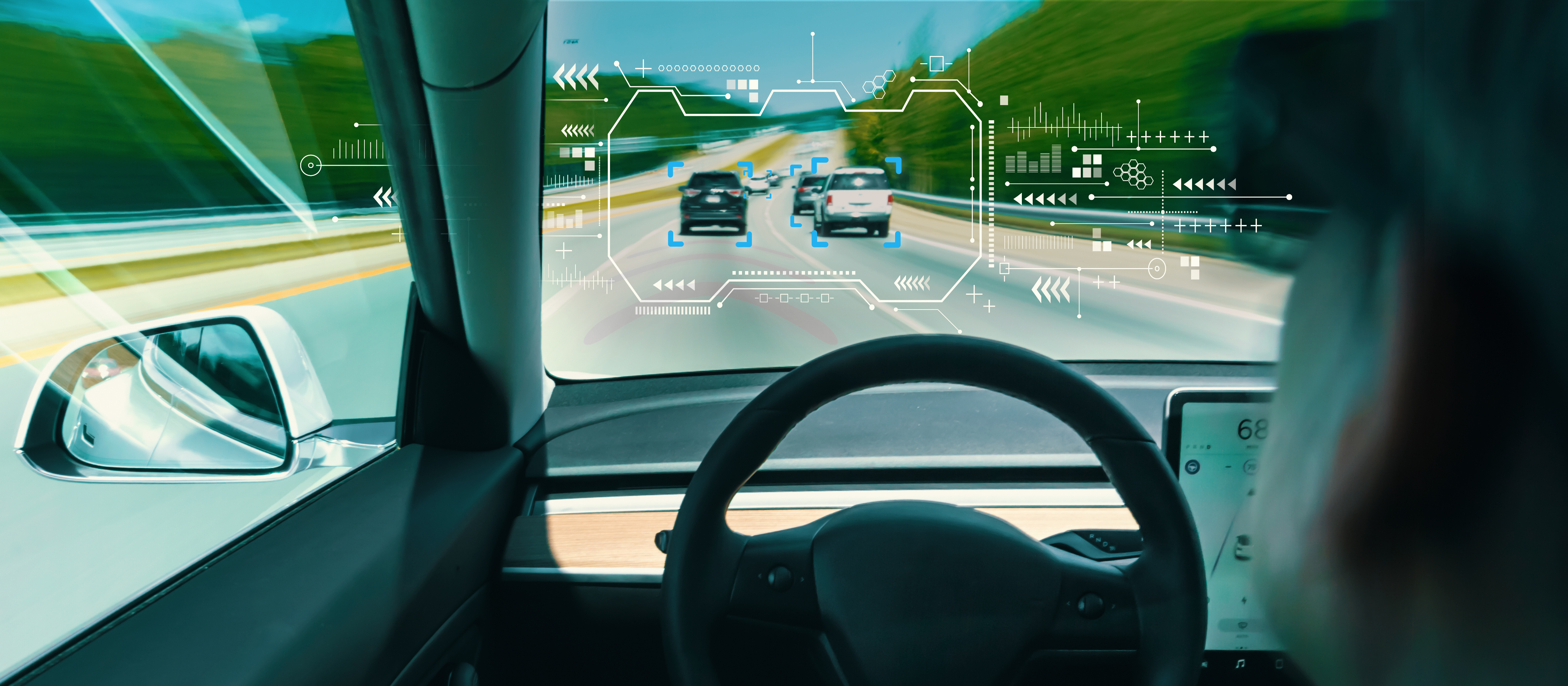Incredible technological advancements of the 21st century have created systems which are becoming recognized as solutions to many fatalities and car accidents. Here are two ways how tech is helping to keep drivers safe:

Contents
Advanced Driver Assistance Systems
Advanced driver-assistance systems (ADAS) are electronic systems that help drivers when driving and parking.
The purpose of ADAS is to increase car and road safety with automated technology such as cameras and detectors that detect nearby blocks and barriers or driver errors and respond accordingly.
With ADAS, it’s less likely you’ll end up in a car accident, but in case you do, and it’s not your fault, check sites like www.raphaelsonlaw.com and find out what are some of the first steps you should take.
Some examples of ADAS include:
-
Adaptive Cruise Control (ACC)
The ACC, also known as dynamic cruise control, automatically adjusts the vehicle speed, so there’s a safe distance from a vehicle ahead.
-
Anti-lock Braking Systems (ABS)
The ABS regulate the brake pressure when the vehicle starts to skid and stops the car from skidding when a driver hits the brakes sharply.
-
Alcohol Ignition Interlock Devices
Alcohol ignition interlock devices measure the alcohol level in the driver’s breath. If the detected level is above the programmed level, it won’t allow the driver to start the car.
-
Automotive Night Vision Systems
These systems enable the vehicle to detect pedestrians and non-human obstacles during nighttime or in a heavy weather situation with low visibility.
-
Backup Camera
A backup camera provides drivers a viewpoint of the vehicle and its surroundings in spots that are typically blind spots.
-
A Collision Avoidance System
Also known as the pre-crash system, these systems use small radar detectors to determine how close it is to nearby obstacles.
When the system accounts for any changes that may cause a collision, it can respond with multiple actions such as sounding an alarm or tensing up passenger’s seat belts.
-
Driver Drowsiness Detection Systems
Driver drowsiness detection systems prevent collisions caused by driver fatigue. If the system suspects the driver is sleepy because of drowsy driving, it will typically make a loud sound alert or have the driver’s seat vibrate.
-
Emergency Driver Assistant
If the driver falls asleep or doesn’t interact with the brake, accelerator, or steering wheel, the emergency driver assistant sends visual, audio, and physical signals.
In case the driver doesn’t wake up, the system will stop and safely position the car from traffic and turn on the hazard lights.
-
Accelerating Autonomous Driving
Accelerating autonomous driving technology aims to make driving safer by reducing human involvement to minimize fatalities and accidents caused by drivers.
Some of the vital technologies driving the development of autonomous cars are:
-
Light Detection and Ranging (LIDAR)
Lidar is a remote sensing method that helps autonomous vehicles detect objects and map the surroundings. Since 2000. it’s been slowly replacing radar.
It’s also used in traffic enforcement, particularly in speed limit enforcement, automating the entire process of vehicle identification, speed detection, driver identification, and other evidentiary documentation.
-
Camera/computer Vision
Cars are equipped with a camera for purposes of the surrounding view, park assist, and monitoring the car’s surroundings.
-
SLAM (Simultaneous Localization and Mapping)
This is a method used to identify the precise location of an object with heavy weather conditions. Because the accuracy of GPS is not entirely suited for driving in traffic, autonomous cars use GPS and SLAM together to identify exact locations and move in traffic.
-
Machine Learning
Machine learning utilizes statistical tools and at-hand data phenomenon in using statistical tools and available data to predict results with greater probability to aid autonomous driving.
-
V2X Communication
The V2X communication streamlines traffic flow, making it possible for vehicles to communicate with other vehicles and infrastructure like traffic signs. This enables vehicles not to waste time in traffic and to reach the desired destination in the least time.
-
IoT Technology
The IoT technology makes connecting cars easier and autonomous cars more efficient with the information that can be stored in the cloud and further processed.
-
Telematics
Telematics is the integration of wireless technology with location and vehicle electronics. Hardware for telematics systems usually comes in new cars with free services for a limited period, after which the services can be extended on a subscription basis. Services that depend on telematics are vehicle collision information, remote locking, roadside assistance, and others.
Moreover, fleet management software such as CameraMatics utilizes telematics data to provide comprehensive insights into fleet operations, including vehicle tracking, maintenance scheduling, driver behavior monitoring, and route optimization.
Depending on how much human interaction is involved while driving, there are different levels at which cars can be autonomous:
-
Level 0
At this level, there is no automation. The driver controls all aspects of driving and the vehicle.
-
Level 1
Here, the driver is assisted by ACC, lane keeping, emergency braking, auto emergency, and parallel park assist. These systems reduce the effort of monotonous highway driving. The first such car appeared in 2000.
-
Level 2
This level is characterized by partial automation with ACC (steering), lane changing, traffic jam assist, overtaking assist, automated valet park, and traffic jam chauffeur. This level was reached in 2013.
-
Level 3
This is where conditional autonomous driving happens with systems such as the driver-initiated lane change, automated valet park, and traffic jam chauffer. A driver can do the highway driving at 50mph with his hands off the steering wheel. The first such car became a reality in 2018.
-
Level 4
Level 4 is where a car is highly autonomous but still requires the presence of a driver. The driver can drive 100mph on a highway aided by automated lane change, cruising chauffer, and free drive with eyes off the road. This type of fully autonomous car is expected to come into existence in 2024.
-
Level 5
A car has reached full autonomy at this level where it doesn’t need a driver to be present. A car can predict a path and reach the desired destination safely. Examples of such vehicles are robot-taxis and autonomous shuttles. They’re expected to become a reality sometime between 2027-2030.
As you can see, accelerating autonomous driving is rapidly developing. However, there’s still a long way before it’s entirely accepted, tested, and regulated for safety.
Conclusion
The latest technological advancements in the automotive industry have much to do with the safety of drivers.
Regardless of the level of autonomy you’re comfortable driving at, you’re most likely already using some ADAS systems, which are mandatory by law. Because of that, you and all other traffic participants can be safer on the road.
The Daily Buzz combines the pursuit of interesting and intriguing facts with the innate human desire to rank and list things. From stereotypical cat pictures to crazy facts about the universe, every thing is designed to help you kill time in the most efficient manner, all while giving you something to either laugh at or think about!
